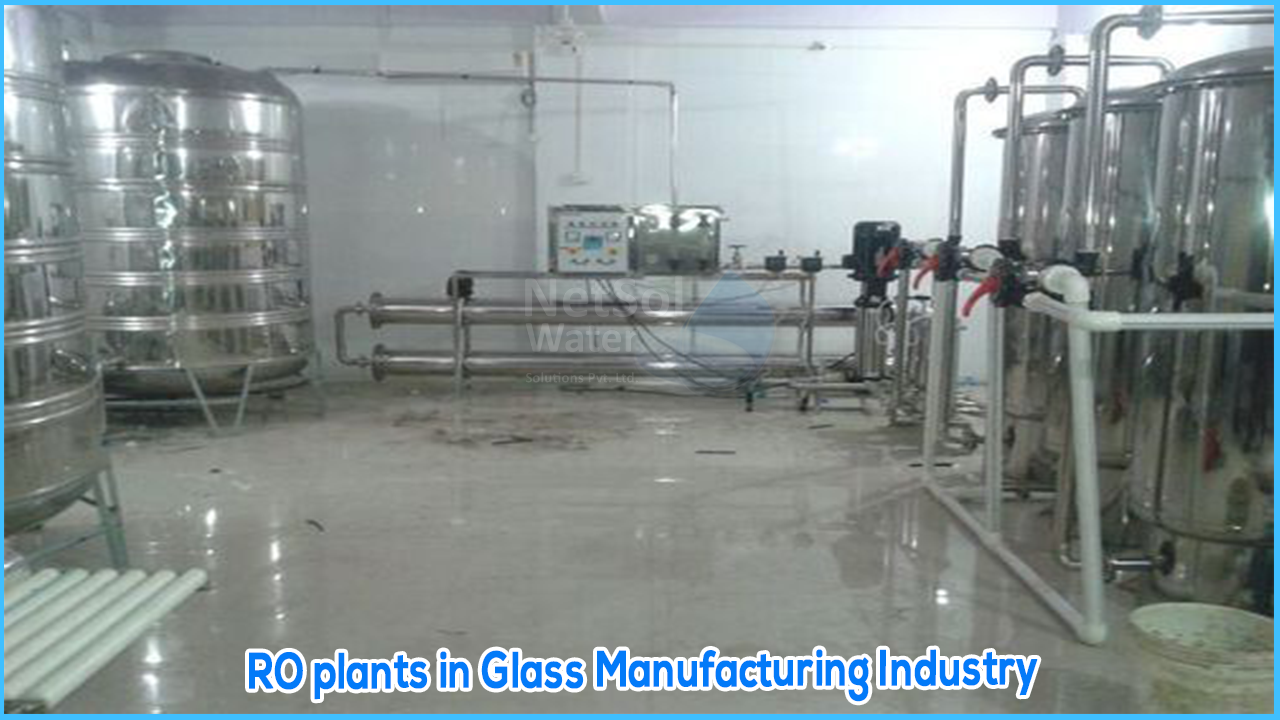The work process of Glass manufacturing industry
The works that we talk about in this section are dedicated to the typical production processes of glassware. This environment is characterized by the use of a lot of water, necessary to cool the grinders. After the glass treatment, the water becomes contaminated, regardless of whether it is in the tanks under the machines or in a central tank. These particles usually measure an average of 5 to 85 microns (with the exception of larger debris, of course, which are stopped by previous filters) and their concentration can reach 8/900 mg/L. These particles give the water the typical "milk" colour, which is not suitable for the cooling process. In the absence of proper particle removal equipment, it is often the case that chemical additives are used to aggregate individual particles and make them heavier. They can then be easily deposited to the bottom of the tank, leaving clear water on top for later reuse. The presence of cooling oils in water (which is actually not very common) is a consequence of the use of water with a high particle density, which requires the use of cooling oils to overcome the functional deficiencies of dirty water.
Sedimentation hazard and working with dirty water
Glass particles tend to thicken and settle, even when submerged in water. They settle and thicken along the pipes, in the tanks, injectors and in the structure of the machines, forming a true cement crust, expensive and difficult to remove, requiring the use of pneumatic drills and many hours of work. Partial clogging of the pipes can lead to waste of the water necessary for the work process and for the proper functioning of the machines. The main problems are those caused by dirty water in glass processing. The microparticles eventually stick to the glass surface and cause errors in the result. Thanks to the spread of quality controls by scanners, these errors can now be easily found and can lead to the waste of entire batches of glass. Finally, in addition to being expensive, the presence of chemical additives in the water is highly damaging to the equipment due to the acidity of the water and the consequent corrosion of various parts of the work machines.
Problems with the elimination of glass particles
The issue of the elimination of contaminated water or sludge with glass particles is one of the most important points in the work process due to the high costs and the associated environmental risk. Also in this case, the behaviour of the company changes depending on the treatment plant. In the absence of a real system, cooling water that is no longer reusable is stored for disposal, which is then carried out by specialized companies with suitable tank cars.
Different purification plants also exist. They keep the water of the working processes clean or even limpid and manage to extract the glass particles from the water, dehydrate them, compact them and store them in bigbags where they will directly be collected by normal trucks in a cheaper way and for bigger amounts.
These systems normally create closed circuits of water where they can operate with a purification capacity higher than the total pollution capacity of all working machines. In this way they can provide limpid water to every machine, so that every possible need of new water is avoided (except the restoration due to evaporation).
WATER TREATMENT SYSTEMS AVAILABLE IN THE MARKET
The need to keep the cooling water as clean as possible, so as the need to keep building, machines, tanks and pipes clean and efficient represents one of the constant objectives of the entrepreneurs and an important task in the research and development of new technologies for specialized companies of this branch. RO treatment plants can be installed to keep the industry in line and without the waste of water. First, the basic forms of cleaning are based on natural physical-dynamic processes. Sludge and all kinds of heavy solids settle to the bottom by gravity and leave clean water on top of the tanks. This water is returned to the machines by means of special pumps.
The development of the basic systems is represented by the use of more or less automatic devices for the extraction of the sludge that is expelled from the ground by the machines. This device is usually made up of hollow sheets with a filter function, into which the contaminated water is introduced at high pressure.
Thus, we can see there are various steps in glass manufacturing, which requires various different types of treatment schemes. Reverse Osmosis can be used in glass manufacturing industry, as the permeate can be used as rinse water for glass washing. This process saves water consumption.




